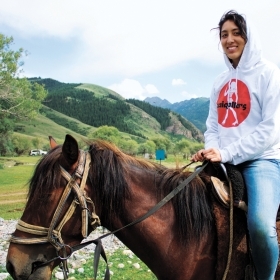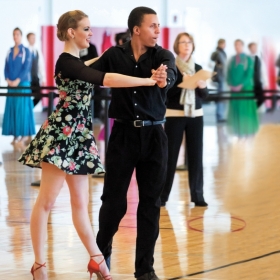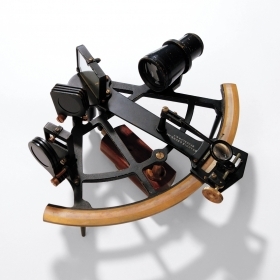Tell us about your program.
The program is based in Quito, but has excursion trips to the Santa Lucia Cloud Forest, Antisana Paramo, Ecuadorian Amazon Rainforest, and the Galápagos Islands. Part of our program was classes on sustainability practices and conservation methods, and the other portion was fieldwork at each of the ecosystems studied. We usually had 16-hour days from 5:30 A.M. to about 9:30 P.M.
What was the most important lesson you took away?
Ecuador is home to a wide range of ecosystems. The biodiversity, along with the high number of endemic species, make Ecuador “a diamond in the rough.” Unfortunately, the country is also facing huge issues with poverty, and Ecuador has to resort to industries, like the petroleum industry, to help them improve their economic status. This comes with great costs. These industries pollute the surrounding environment, ruining the precious biodiversity of the area. We must advocate to preserve the global treasure that Ecuador is.
What was your individual project?
I wanted to study the ecological, social, and cultural effects the petroleum industry has on an indigenous community, Loma del Tigre in the Amazon.
What was your favorite experience?
I had always dreamed about visiting the Galápagos Islands, especially to study the giant tortoises, blue-footed boobies, and Galápagos penguins. The SIT Program had a planned excursion trip to study exactly what I wanted. In order for us to learn more about the marine mammals and fishes, we needed to see them first-hand. We did this by snorkeling. It became an adventure I would never forget.








We ask that those who engage in Wellesley magazine's online community act with honesty, integrity, and respect. (Remember the honor code, alums?) We reserve the right to remove comments by impersonators or comments that are not civil and relevant to the subject at hand. By posting here, you are permitting Wellesley magazine to edit and republish your comment in all media. Please remember that all posts are public.